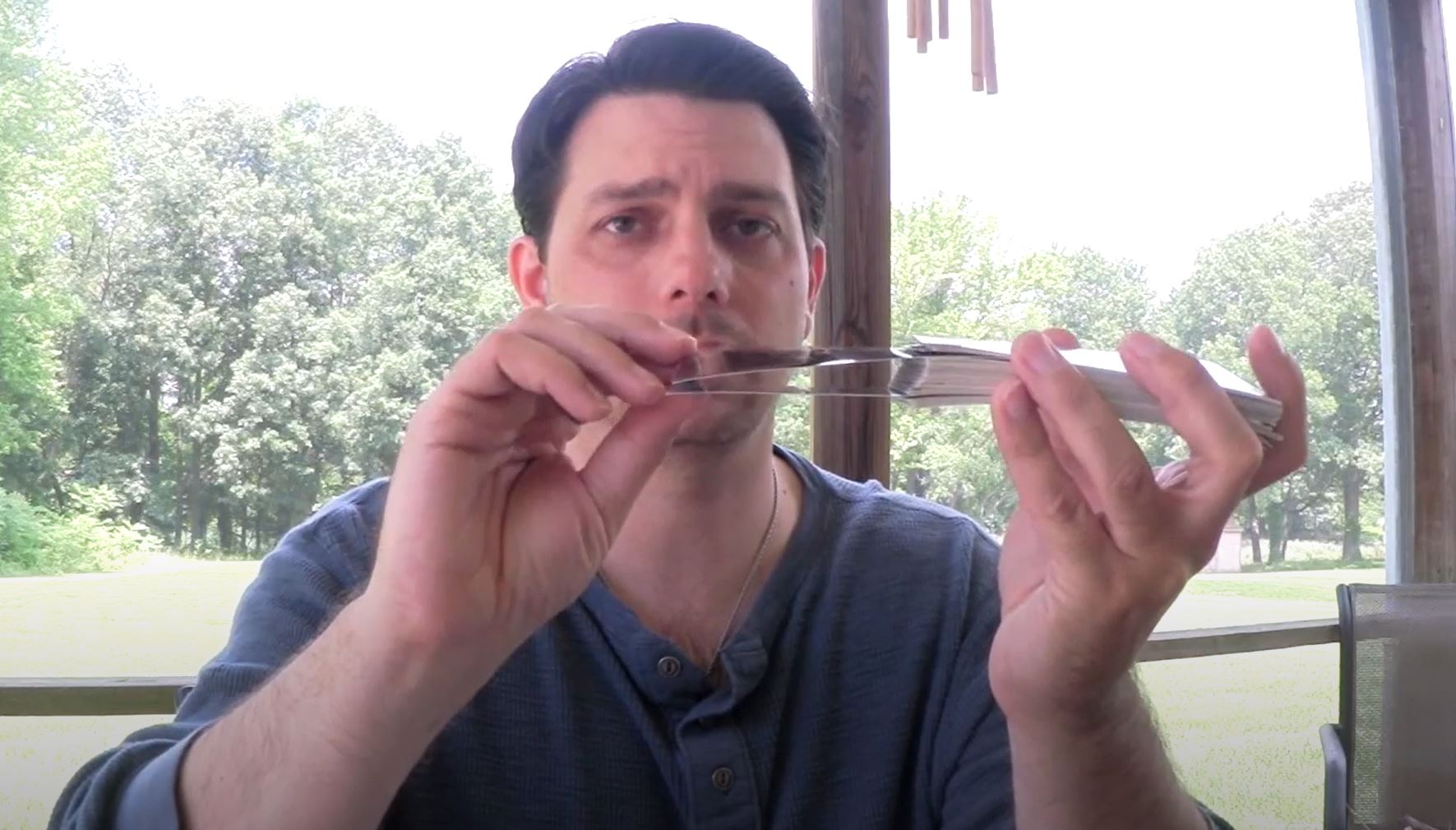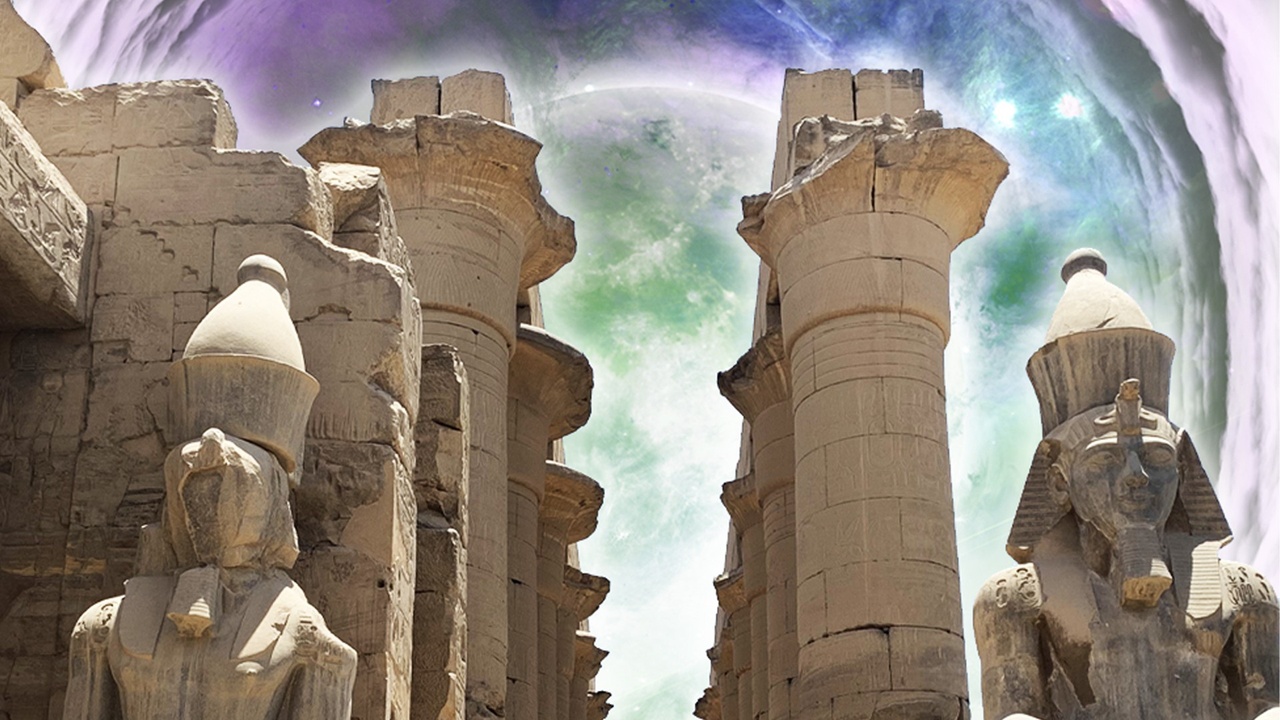Real Time Travel: What Does it Look Like?
Aug 08, 2022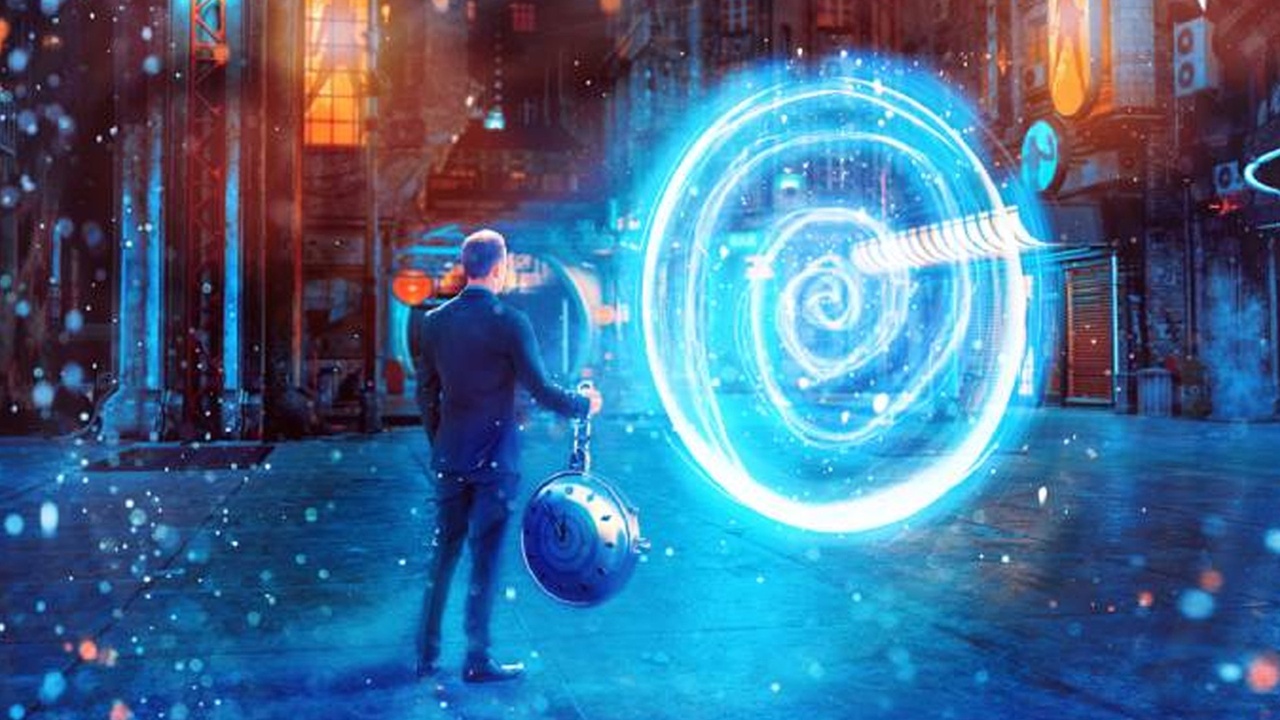
“Everything is solidly there, whether we call it past, present or future ... We invent time to explain change and succession.” – J.B. Priestly, Man and Time, 1968
What is time? How do we define this elusive thing we call time? We’ve, generally, been taught that time is like a river, flowing endlessly in one direction. We are caught up in its current and can only proceed downstream within its rushing waters. This "river of time" that we're stuck in, however, flows as a river not because of the water but because of the banks that are holding the water in place. If we were to remove those banks, time would spill out in all directions, flooding the plains until it came to a standstill and was simply just ever-present. We would no longer be rushing downstream with it, but would be able to easily wade through those waters to any point we’d wish. What those banks are and what the mechanism is that’s holding them in place we don’t know, but they control the flow.
Although this is a nice analogy, and perhaps it got the reader thinking a little, I generally don’t regard time as a river at all. Time doesn’t really exist, after all. Time is merely a human construct to describe our reality and to try to bring some order to this world in which we live. What we describe as time helps us to differentiate the seasonal changes of our planet, to help us know when it’s appropriate to plant and harvest crops, and to help us get to the office at the right moment so we don’t upset our bosses.
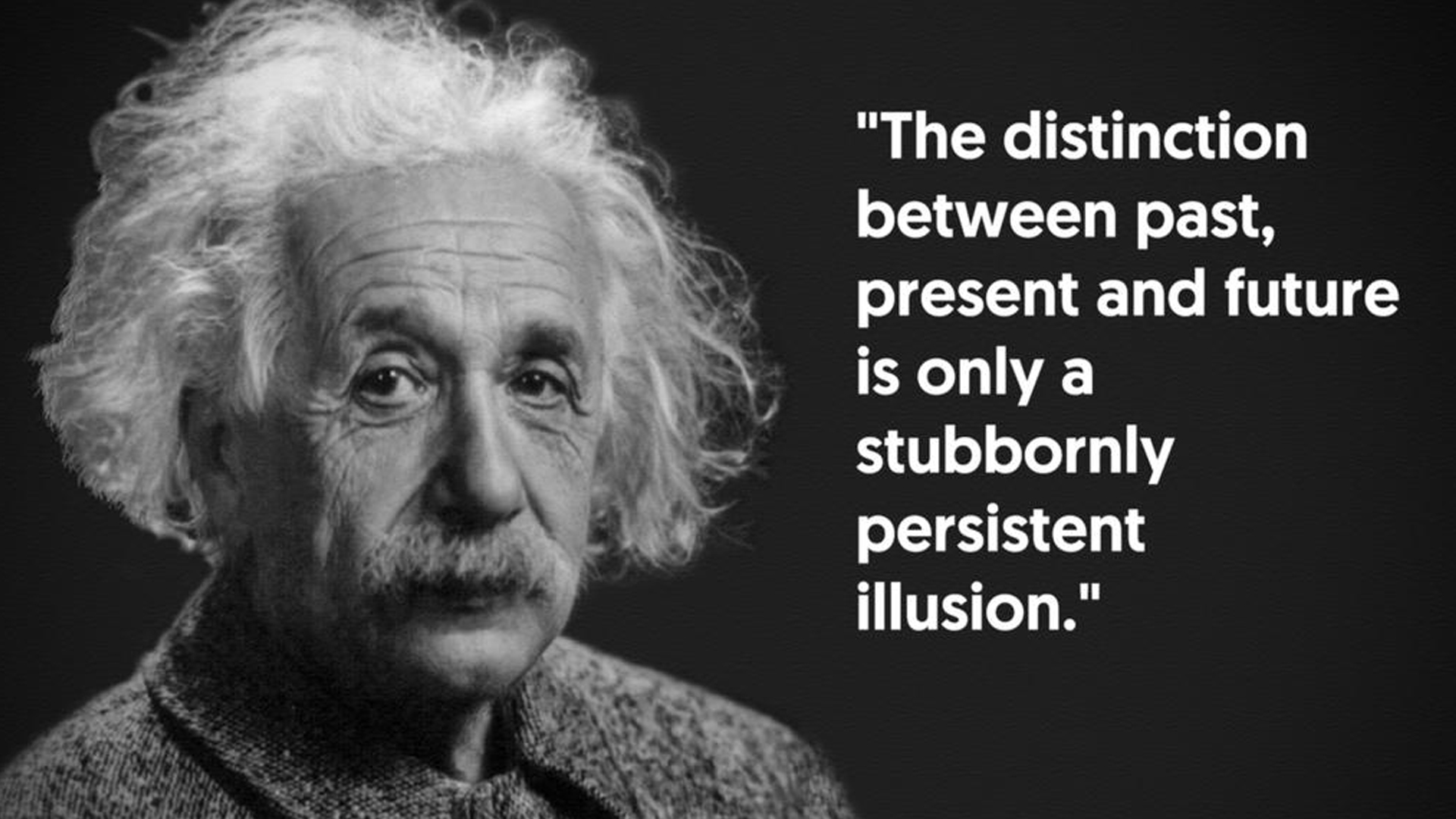
Just weeks before his death in 1955, the famed theoretical physicist Albert Einstein wrote, “The distinction between past, present, and future is only a stubbornly persistent illusion.” I wholeheartedly agree with this and have addressed similar concepts when I’ve discussed the idea of the simulated universe, which is beyond the scope of this article (see “Shadows in the Matrix” in my book A Walk in the Shadows). But one pertinent quote from that discussion in my book comes from Gregg Braden, a best-selling author and speaker on consciousness:
“The Sanskrit word maya actually means illusion. This is a fundamental concept in the Hindu tradition. … They tell us that it is under the illusion, under maya’s influence, that the soul identifies with the body to the point where we cannot tell ourselves as separate from the illusion of this physical world.”
The quote continues on, and while I’m not going to get into details about the simulated universe in this particular piece, it is does address an ancient culture discussing the illusionary nature of this world and that the universe as we know it is not as it seems. (I discussed several cultures in the recent Connecting the Universe class within the Portal member site and released later as a podcast.)
Many years ago, a thought about the nature of time struck me, and I started toying around with the idea that time is actually all concurrent, all existing at once, eventually calling it Stacked Time Theory some years back. Imagine that every moment that has ever occurred, is occurring, and will occur in a specific location are all stacked together in one extremely tall pile of photographs – a living picture captured every second, if you will. All of these captured photos are still living and on-going within that tall stack without knowledge that the others in the stack are also living and on-going. The time slips we have talked about in some of my other work (see the Versailles time slip, the “Conjuring house,” and the Doppelganger Effect) would be when two of these moments in the stack of photos vibrate or resonate at the same frequency and overlap for a moment, as if they’re echoing into each other. Real time travel in this scenario would be the ability to go to a location and move up and down this stack of moments at will.
Although I formulated this theory on my own, throughout my years of research I’ve come to realize that this idea has many similarities to Albert Einstein’s theories about the space-time continuum. It was quite eerie, in fact, when PBS ran a documentary on Einstein and used an example of taking photographs of falling dice to illustrate the “block universe” of his space-time continuum. What influenced me to jump down this rabbit hole, however – no offense to Einstein – was the film industry.
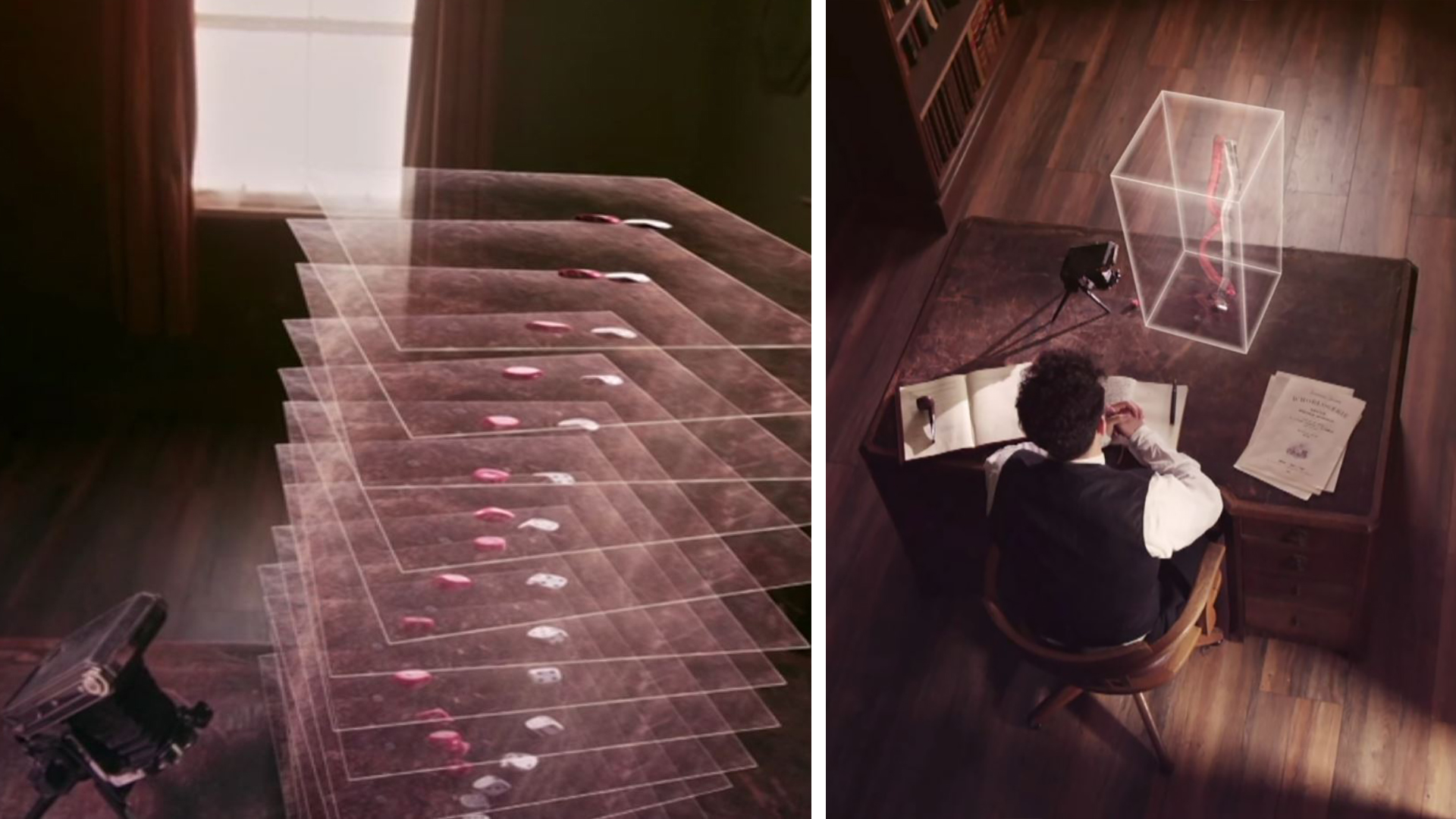
Ever since I was a young kid in the early 1980s, I’ve loved the movie Somewhere In Time, starring Christopher Reeve and Jane Seymour, based on the novel Bid Time Return by Richard Matheson. In this heartbreaking story, Reeve’s character has journeyed to a hotel on Mackinac Island where he is drawn to the historic portrait of a beautiful woman. He desires to meet her and wills his consciousness from 1980 back to 1912. In order to do this, he acquires clothes and other items from the era to use the power of his mind and convince himself in his 1980 hotel room that he is actually at the hotel in 1912 at the exact same time the woman is there. With his consciousness, he was able to jump from one photo in the Mackinac Island stack to another. Sure, it’s a fictional story, but I believe when we finally discover the secrets of time travel it will be more of this nature, rather than something mechanical, to make these journeys. Time travel will have more to do with meditation, the interconnections of the universe, and consciousness than a Delorean and a flux capacitor. We’ll also be able to use the Earth’s energy and sites of power around the globe to aid us in these meditations and take us on these journeys as they may have once done so in ancient times.

I began this article with a quote from J.B. Priestly who wrote the fascinating Man and Time, a study about the way humans look at time and what “time” may actually be. Richard Matheson used concepts from this book in Somewhere in Time and actually referenced it in the Bid Time Return novel. In many areas, Priestly explores the fascinating concepts ancient cultures presented about time and how the universe worked, including the Egpytians, Greeks, Australian Aborogines, and more – much of which is far too in depth for this article (you cand find me talking about it on the Connecting the Universe podcast … and within the Portal) – and I like what he has to say about how we’ve come to view time these days: “We are worse than those ancient peoples who believed that behind all change and succession was a special god, more real than they were. At least they ended with a god who could be worshipped and might be placated, whereas we are trying to measure and analyze a ghost container.”
But perhaps his best analogy is this: “Our spatial and temporal experiences simply refuse to be as widely separated as the scientific philosopher's Space and Time. Let us say I travel by car, at 60 miles an hour, across the five miles of the Little Puddlefield district. I see a church, two farms, four bungalows, and an inn successfully within five miles; I have a Time relationship with this region. On the next occasion, I fly over it in a jet plane on a clear day, look down and see all at once the church, the two farms, the four bungalows, the inn, and what was in Time is now in Space. The difference in ordinary experience is simply between two modes of travel.”
This takes us back to my original illustration at the beginning of this article where Priestly’s road becomes our river and his aerial view from the jet plane becomes the still sea of water the river expands out to if we remove its banks. It’s perspective. You could also think of it like the film Interstellar and the tesseract in five-dimensional space Matthew McConaughey’s character, Cooper, interacts with. Here, he was able to view the physical representation of every moment in time of his daughter’s bedroom. The filmmakers did an admirable job of tackling this concept by presenting time as a three-dimensional object to the viewers – every moment presented as a cube connected to each other moment. When the camera was pulled back this became a top-down view of an intricately connected web of moments, their version of all the water at once from our former river or Priestly’s jet plane viewpoint.
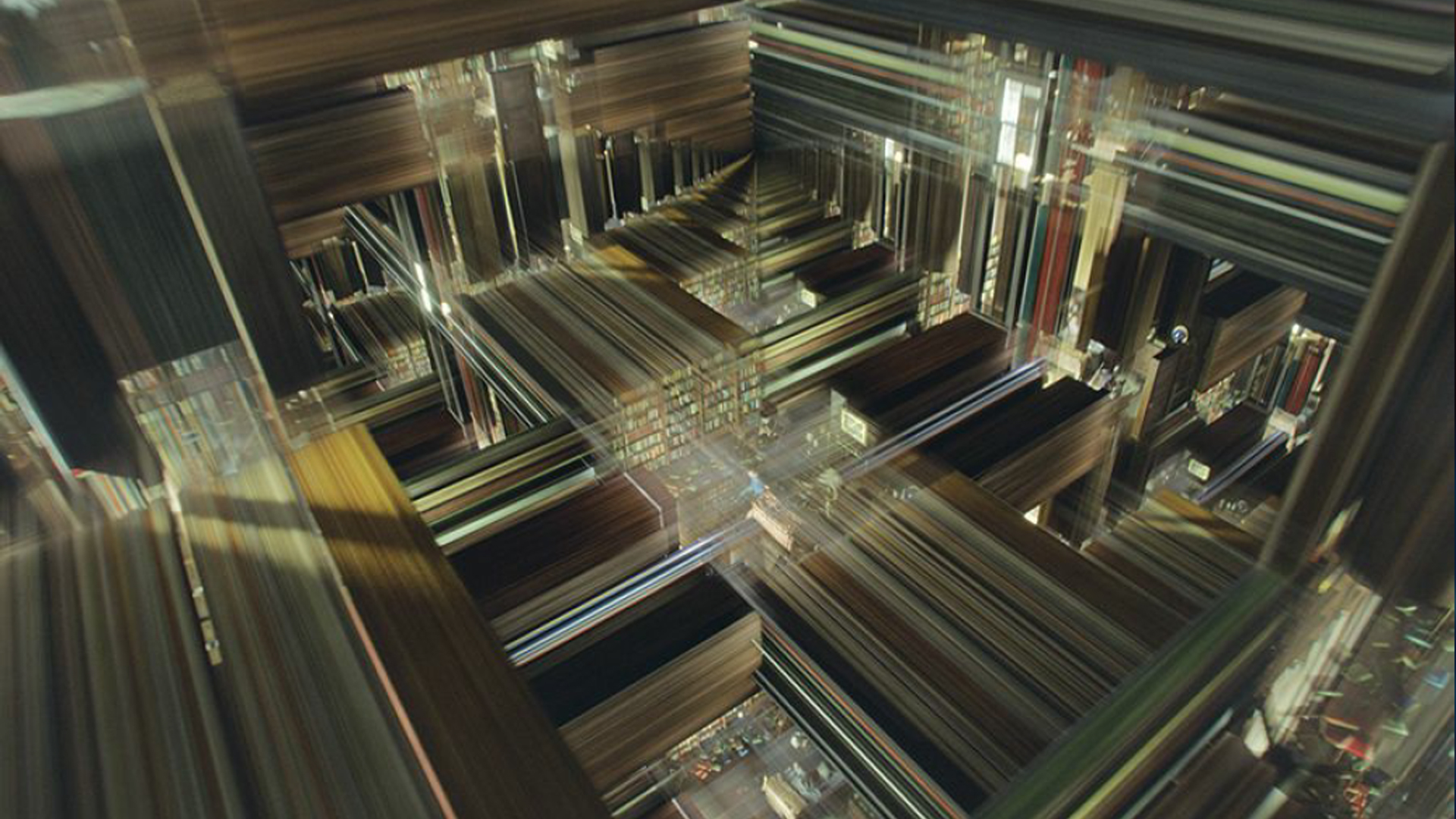
The question then becomes how to willingly access those moments if they’re all concurrent. In so many of our science fiction movies it is some sort of machine teleporting us from one year to another – whether that’s a car, a pod, a telephone booth, or some other contraption. In Interstellar, it took using gravity from the fifth dimension (we’ll get deeper into dimensions another day) to encode a watch and send a message. In Somewhere in Time, it was the ability to fool one’s self into existing in a different year and willing the consciousness back in time. Again, I believe real time travel will be more of the latter than the former, and mastering such an ability will take patience and work. Perhaps, the ancients knew better how to maneuver through different periods of time and when we feel energy at stone circles such as Drombeg or Stonehenge and see stargates depicted at Abydos, Hatshepsut’s Temple, and more that these are faint remnants of a knowledge they had in traversing space and time. (By the way, join us in Egypt in February 2023 for the Stargates of Ancient Egypt Tour!)
In Episode 6 of The Shadow Dimension docu-series, researcher Mary Marshall has a fantastic quote in which she states, “We are starting to learn that both the past and the future influence the present. It starts to create a picture for us, in that, we may be experiencing ourselves.”
When it happens, perhaps we won’t be discovering time travel, but rediscovering it.
Interested in learning more about the Connected Universe and gaining access to exclusive, behind-the-scenes content?
Stay connected with news and updates!
Get all the latest news, updates, and insights from author and researcher Mike Ricksecker and the Connected Universe community! Don't worry, your information will not be shared.
We hate SPAM. We will never sell your information, for any reason.

